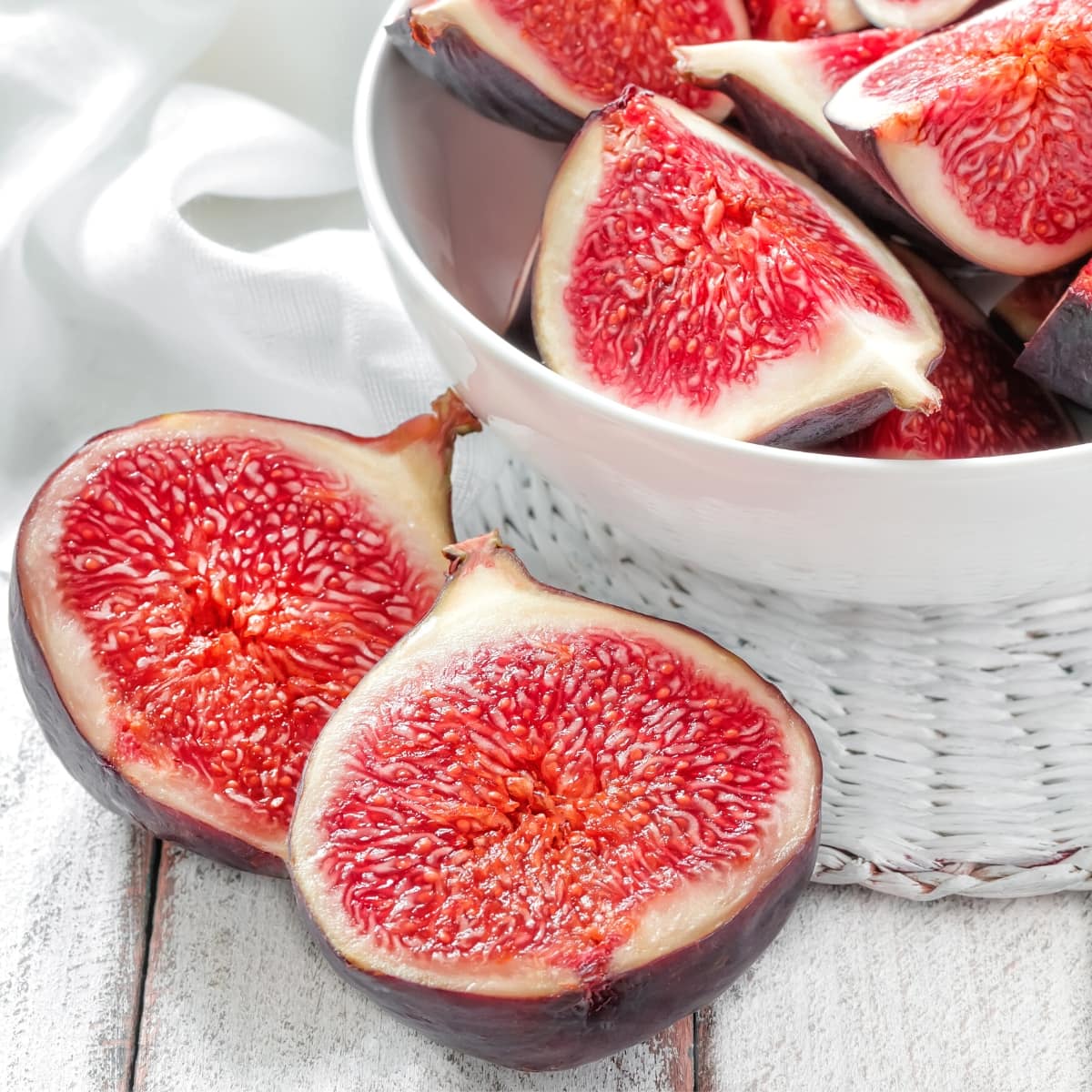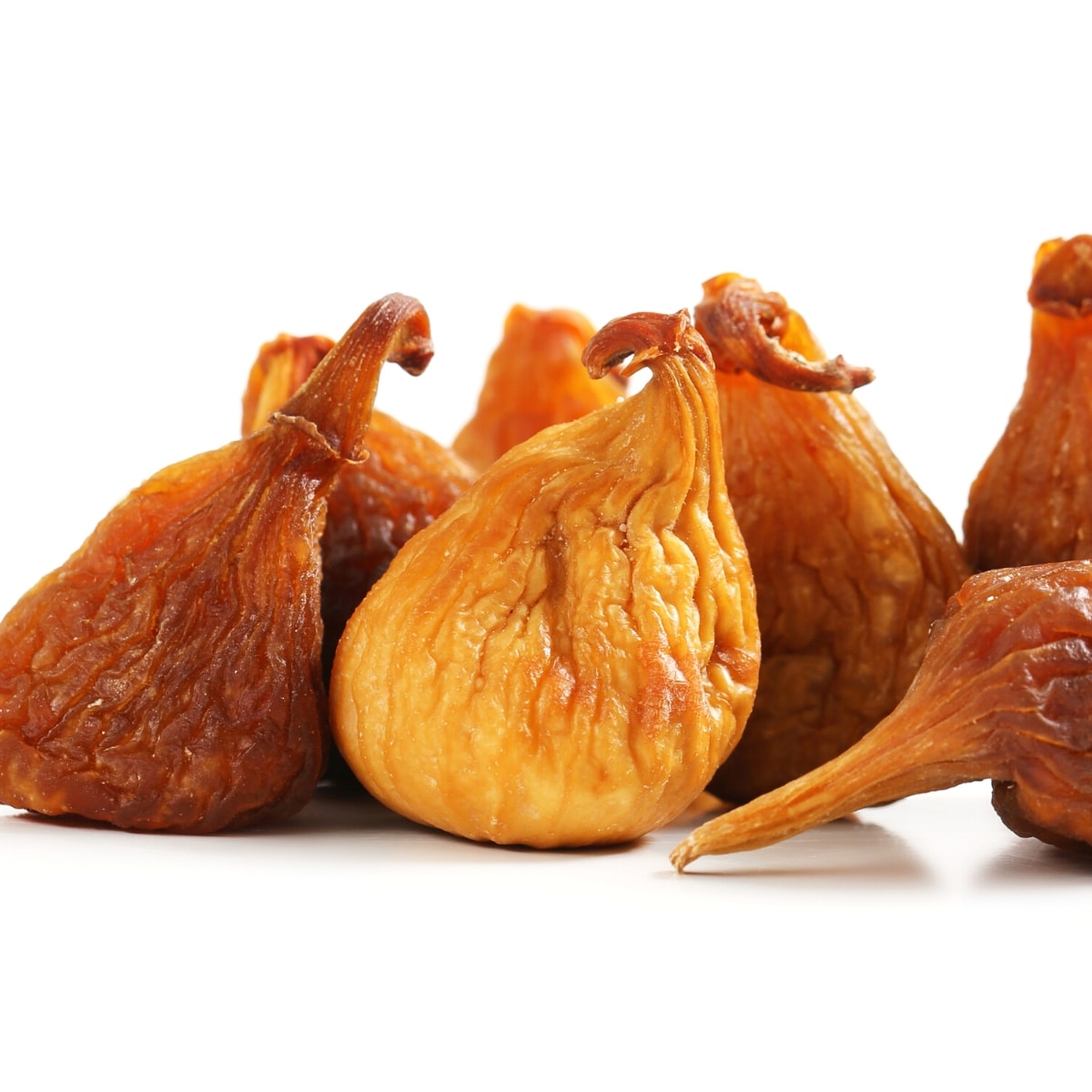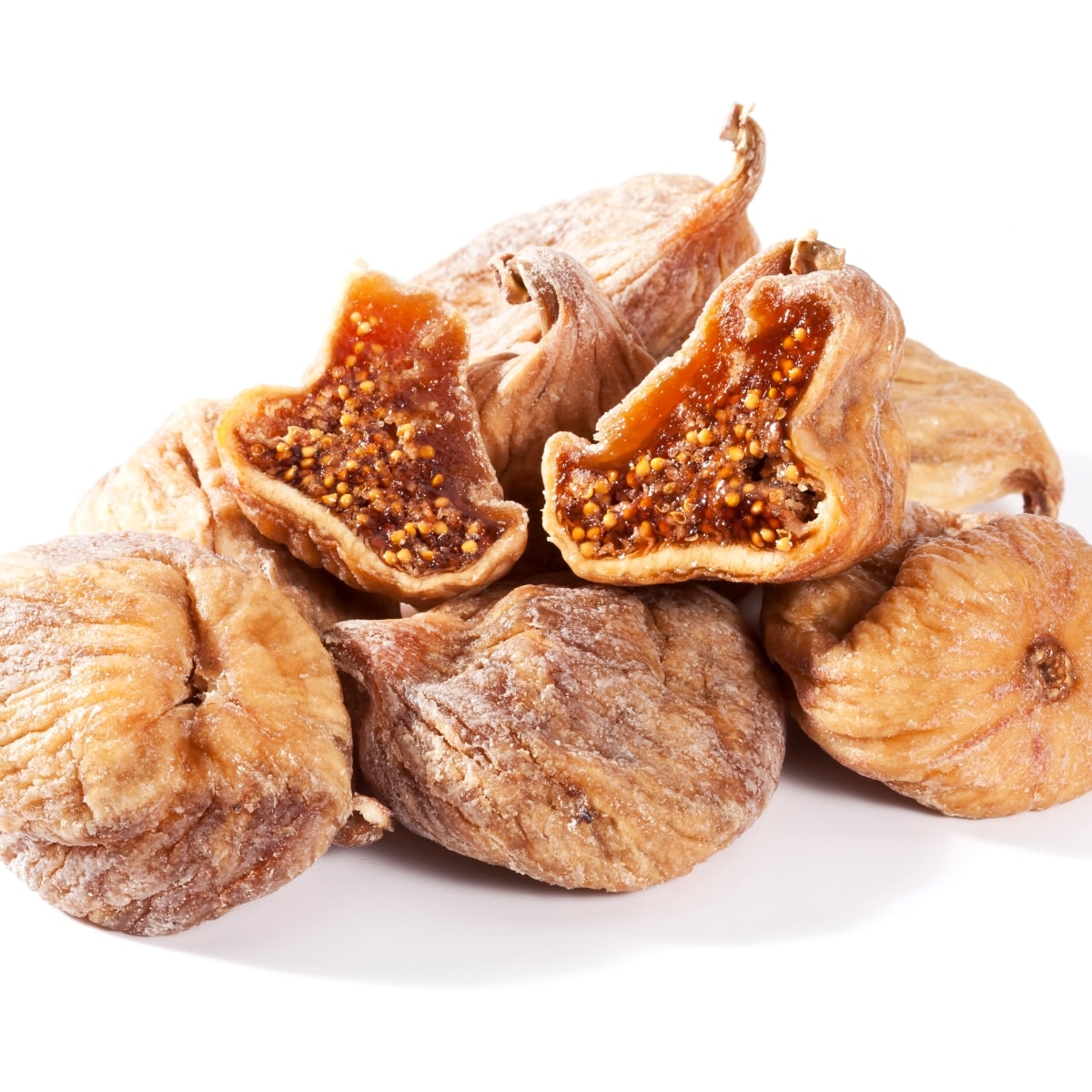Drying Figs: How to Dry Figs 5 Ways
Have some fresh figs on hand and wondering how to dry, dehydrate and preserve them? Look no further than these five methods for drying figs! Learn how to dry figs in no time.

Figs are delicious and delicate fruit with a short season. If you want to enjoy their sweet flavor all year long, drying them is the best way to go. Read on to learn how to dry figs so they retain as much of their flavor and nutritional value as possible.
What Are Figs?
Figs are a type of fruit from fig trees that are native to the Middle East and Asia. They have been cultivated for centuries. Figs are a popular ingredient in many recipes, including cakes, pies, and jams. Figs are also eaten fresh as is and are often used as decoration on platters or served with cheese.
There are over 600 different varieties of figs, but the most common type is black mission figs. Black figs are small and have dark purple skin. They are sweet inside and have a soft texture. Other popular varieties include the brown fig and the white fig. Brown figs are larger than black figs and have light green skin. They are less sweet in taste than black figs and have a slightly chewy texture. White figs are the largest type of fig and have pale yellow skin. They are very sweet and have a soft, milky texture.
Figs can be enjoyed fresh, dried, or in syrup form. If you want to make a cheese board like a pro, then you definitely need to include some figs. Yum!

Drying Figs
Dehydrating figs is a simple and effective way to preserve your harvest for long-term storage. The process of dehydrating figs concentrates their natural sugars, making them an ideal ingredient for baked goods or a healthy snack. So, let’s get to drying!
Preparing To Dry Figs
No matter which method you choose, start by selecting ripe figs. These will have soft skin that’s starting to crack and flesh that’s beginning to pull away from the stem. Avoid any figs with bruising, mold, or other blemishes.
For most of these methods, whether you choose to leave the figs whole or slice them is entirely up to you, though whole figs will likely take longer to dehydrate. Sliced figs are a better way of ensuring the juice in the center of fresh figs dehydrates completely.
Once you’ve selected your figs, remove any insects present, then rinse them gently, then pat them dry with a clean towel.
Air Drying Method
To air dry figs, start by threading them onto wooden skewers or placing them on a wire rack set over a baking sheet lined with parchment paper. Then, set the pan in a warm, dry place out of direct sunlight – an oven set to the lowest temperature with the door slightly ajar oven door works well. Every few hours rotate the pan so that the figs dry evenly on all sides. Depending on the humidity level of your kitchen, the drying process should be complete in 24-48 hours.

Dehydration Method
If you’re using a food dehydrator, simply place your whole or halved figs on dehydrator racks and set the machine to 135 degrees Fahrenheit. Check on your figs after 12 hours – they should be dried but still pliable. If they’re not quite there yet, give them another hour or two before checking again.
Oven Method
To dehydrate figs in the oven, begin by preheating the oven to 200 degrees Fahrenheit (or any low temperature option your oven has). Next, wash the figs and keep them whole or slice them into thin pieces. Arrange the figs on a baking sheet lined with parchment paper, making sure that they are not touching one another. Bake the figs for two to three hours, or until they are dried and leathery (but not until all moisture is gone, as you do not want them too hard!).
Quick Air Fryer Method
To dehydrate figs in an air fryer, simply wash the figs and leave them whole, or slice them. Then, place figs in the air fryer basket in a single layer, cut side up. Cook at 380 degrees Fahrenheit for about eight minutes, or until the figs are dry and wrinkled. The drying time can vary from model to model, so adjust as needed with your particular air fryer.

Microwave Method
First, wash the figs and remove any stems. Cut the figs into quarters or slices, depending on your preference. Place the figs on a microwave-safe plate lined with paper towels. Microwave on high for two minutes. Check the figs and rotate the plate if necessary. Microwave for an additional two to three minutes, or until the figs are dry and pliable. Allow the figs to cool before handling them.
Storing and Using Dried Figs
Once your figs are fully dried, allow them to cool completely, then store them in an airtight container (I like to use a glass jar) in a cool, dark place for up to six months. You can also store them in the refrigerator if you prefer. Enjoy them as is or rehydrate them by soaking them in water for 30 minutes before using them in recipes.
Dried Fig Nutrition
Dried figs are packed with potassium, calcium, fiber, magnesium, copper, and vitamins B6, K, A, and C.
Dried Fig Recipes
You Might Also Like
How Long Do Grapes Last in the Fridge?

Drying Figs: How to Dry Figs 5 Ways
Ingredients
- fresh figs cleaned and whole or sliced
Instructions
Air Drying Method
- Place clean whole figs onto skewers or a wire rack, then place on a parchment paper-lined baking sheet in a warm, dry location for 24-48 hours, or until sufficiently dry.
Dehydrator Method
- Place sliced or whole figs onto the dehydration rack of a food dehydrator and dehydrate at 135°F for 12 hours or until dry.
Oven Method
- Place clean whole figs onto a parchment paper-lined baking sheet and bake at 200°F for 2-3 hours or until dry.
Air Fryer Method
- If your air fryer has a dehydrator function, you can use that following the instructions above in the dehydrator method. Otherwise, you place a single layer of whole or sliced figs into an air fryer basket and air fry at 380°F for 8 minutes or until dry.
Microwave Method
- Place sliced figs onto a paper towel or dish towel-lined microwave-safe plate. Microwave on high in two-minute increments, until the figs are dry (I find it usually takes about 5 minutes total).


